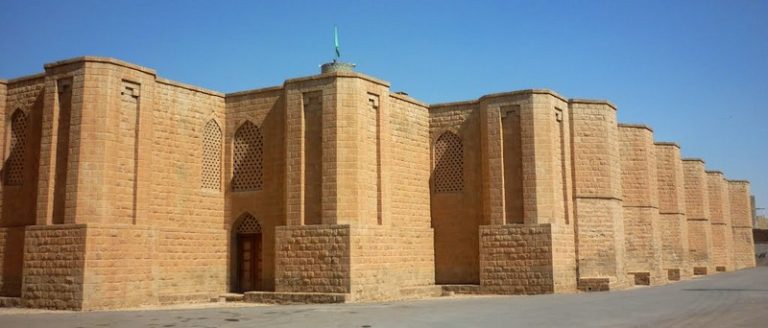
A masterpiece of architecture faces neglect… The Great Mosque of Tustar closed to tourists
The Iranian occupying authorities have proceeded to close the Great Mosque of Tustar, one of the most prominent cultural and historical landmarks, to tourists without disclosing the reasons for the closure.
Both foreign and local tourists find the doors of the Great Mosque of Tustar closed, with the mosque only being opened temporarily during prayers. This has left significant question marks regarding this plan by the Iranian occupation authorities.
The Great Mosque of Tustar contains architectural, historical, and cultural landmarks, including a museum. According to many experienced experts, it is one of the oldest mosques in the occupied Arab state of Ahwaz.
The Great Mosque of Tustar has been under the supervision of the Endowments Department for the past years, noting that the Endowments Department, being the custodian of this historical building, does not bear any costs for the mosque’s restoration. All restoration and arrangement operations are carried out by the Cultural Heritage Department.
Over the past years, the mosque has suffered damage due to weather conditions and the passage of time, posing a risk to its survival given its historical, cultural, and heritage value to the state of Ahwaz.
Heritage enthusiasts in the occupied Ahwaz have demanded the Iranian occupying authorities to devise a restoration plan for the most vulnerable parts of the mosque every year.
The Great Mosque of Tustar was built after the Muslims opened Ahwaz in the year 254 Hijri during the reign of the thirteenth Abbasid Caliph, “Al-Mutawakkil Ala Allah”.
The Great Mosque of Tustar was registered in the national monuments list under number 286 in the year 1315, and its ownership was transferred to the Endowments Administration.




